The use of tension springs with eyelets is widespread in many technical applications. These special springs are widely used in various industries such as automotive, mechanical engineering and electrical industries.
What are tension springs with eyelets?
Tension springs are coil springs that are usually made from round wire. They are characterized by their high tensile strength and are often used for applications where a tensile force must be generated. The grommets on the ends of the tension springs serve as attachment points to connect the spring to other components or structures. There are several types of eyelets that can be used for tension springs, including the German eyelet, English eyelet, hook eyelets, and more.
Different eyelet shapes for tension springs
There are a variety of eyelet shapes that are specified for tension springs according to DIN EN 13906-2:2013. Each form has its own properties and areas of application. Here are some of the most common eyelet shapes for tension springs:
1/1 German eyelet
The 1/1 German eyelet is the most common eyelet shape for tension springs. It has a specific distance requirement (Lh), which must be between 0.8 and 1.1 times the inner coil diameter (Di). The eyelet opening width (m) can also be specified.
1/1 Double German eyelet
The 1/1 double German eyelet is similar to the 1/1 German eyelet, but with twice the number of eyelets. Here too, the distance (Lh) must be between 0.8 and 1.1 times the inner winding diameter (Di).
1/1 German eyelet raised on the side
The 1/1 German eyelet raised on the side has a similar shape to the 1/1 German eyelet, but the eyelet is attached to the side. The distance (Lh) can correspond to the inner winding diameter (Di) and the eyelet opening width (m) can be specified.
1/1 Double German eyelet raised on the side
The 1/1 double German eyelet raised on the side has the same shape as the 1/1 German eyelet raised on the side. There is no specific additional information for this eyelet shape.
1/1 German eyelet raised diagonally
The 1/1 German eyelet raised diagonally has an inclined positioning of the eyelet. The eyelet opening width (m) can be specified.
1/2 German eyelet
The 1/2 German eyelet has a specific clearance requirement (Lh), which must be between 0.55 and 0.8 times the inner coil diameter (Di). The eyelet opening width (m) can also be specified.
English eyelet, hook eyelet and other eyelet shapes
In addition to the German eyelets, there are also other eyelet shapes for tension springs such as the English eyelet, hook eyes and other special shapes. These each have their own properties and areas of application.
Areas of application for tension springs with eyelets
Tension springs with eyelets are used in many different applications. They can be used as tension spring strands to protect hoses or cables from mechanical stress. The eyelets serve as attachment points.
In addition, tension springs with eyelets can be used in various industries, including automotive, mechanical engineering, electrical industry, renewable energy and environmental technology, medical and chemical engineering and much more. The use of tension springs with eyelets enables reliable and secure fastening in many technical applications.
Manufacturing and finishing of tension springs with eyelets
Tension springs with eyelets are typically manufactured on CNC machines to ensure consistent length and precision. Optical control and sorting systems such as cameras and lasers are used to check the quality of the tension springs.
Tension springs with eyelets can be supplied both cold-set and hot-set, depending on the requirements of the application. At Eckel Federn, the heat treatment is temperature-controlled to ensure consistent quality.
Various surface finishes are possible for tension springs with eyelets, including pickling, cadmium plating, KTL coating, painting, passivation, phosphating, oiling, powder coating, chrome plating, gold plating, nickel plating, galvanizing, chromating. Various surface treatments such as electropolishing, vibratory grinding, hardening and tempering, shot blasting and oiling, sandblasting or trovalizing can also be carried out.
Conclusion
Tension springs with eyelets are indispensable in many technical applications. The different eyelet shapes enable secure attachment and a wide range of possible uses. The production takes place on CNC machines and offers high precision and quality. Through various surface refinements and processing, tension springs with eyelets can be adapted to the specific requirements of the application.
If you are looking for an eyelet tension spring manufacturer or supplier, you can contact professionals like us. We offer tailor-made solutions for your requirements and support you in choosing the right eyelet shape and surface finish. Contact us today for further information and individual advice.

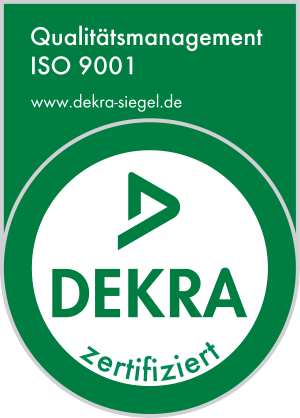
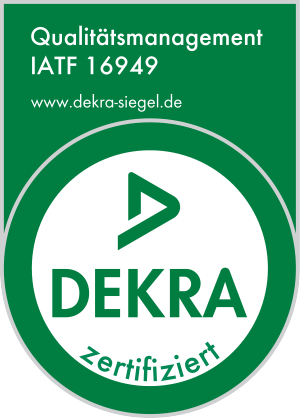
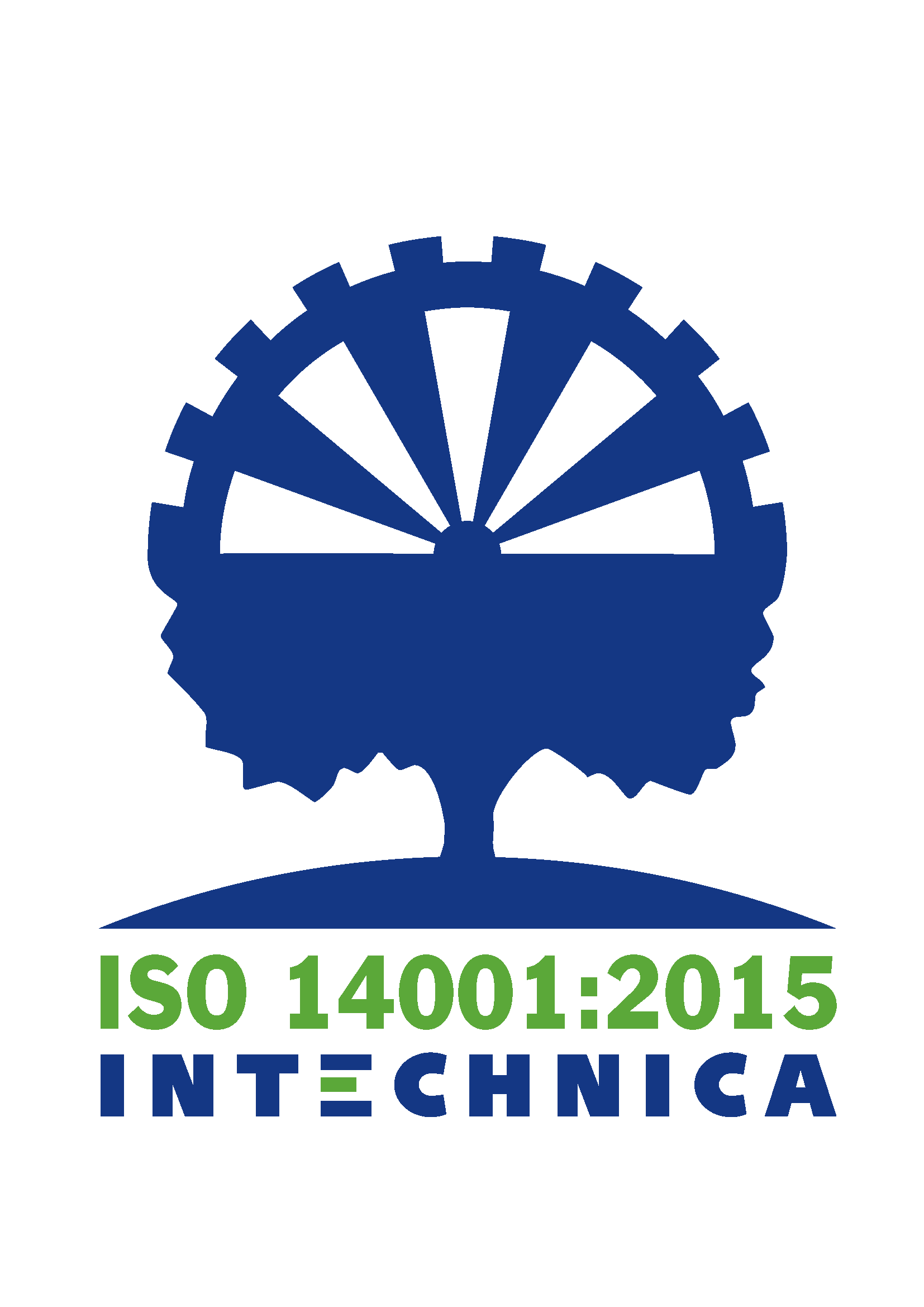

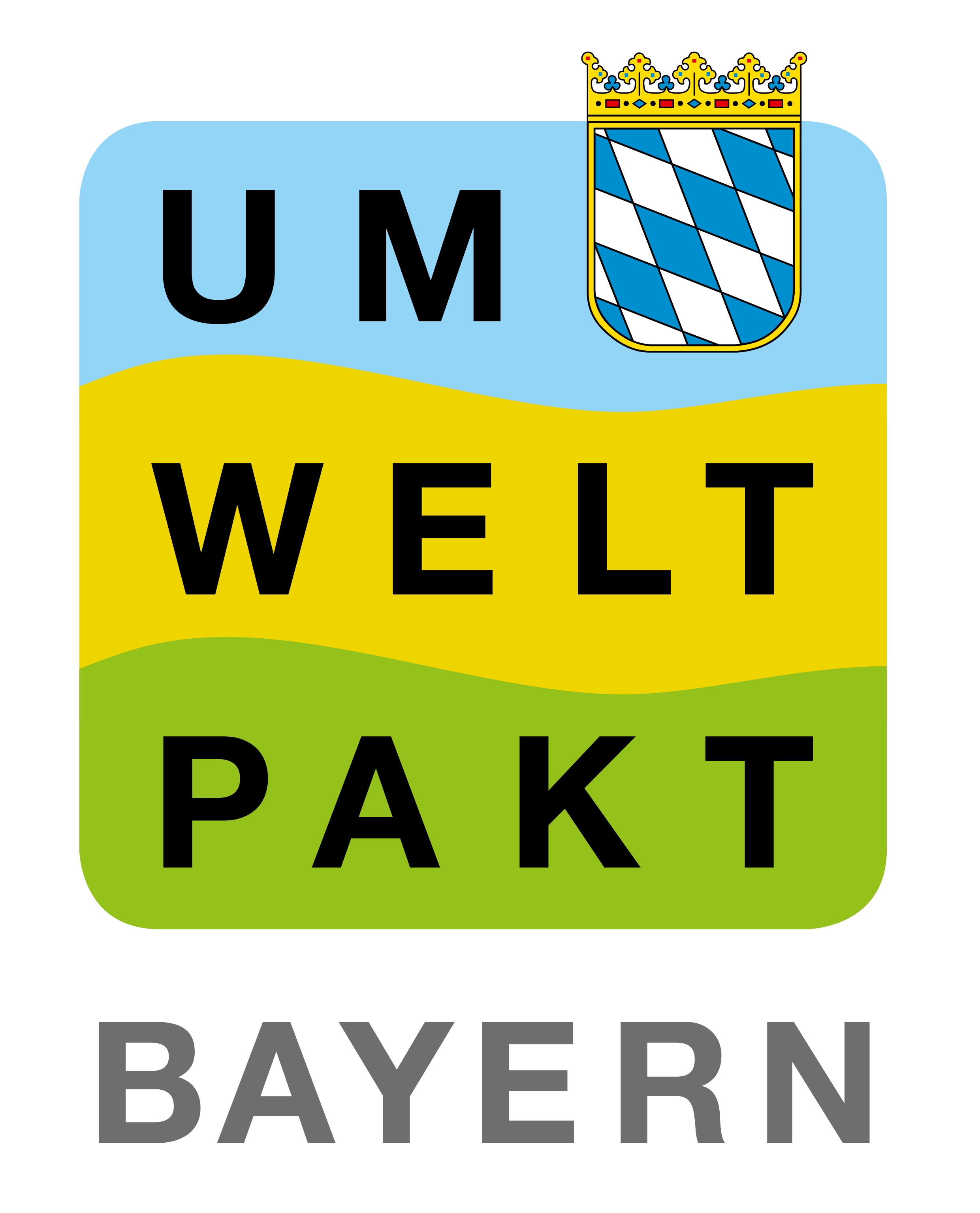
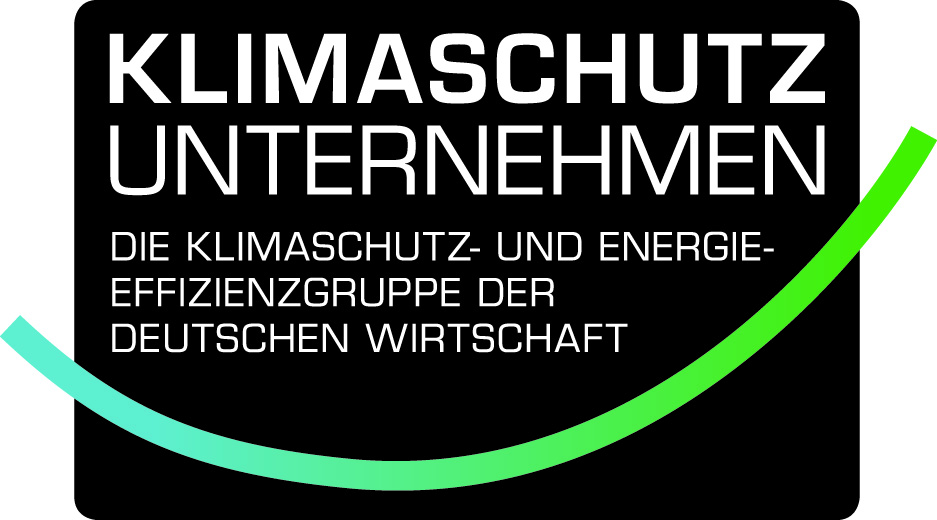


Leave A Comment